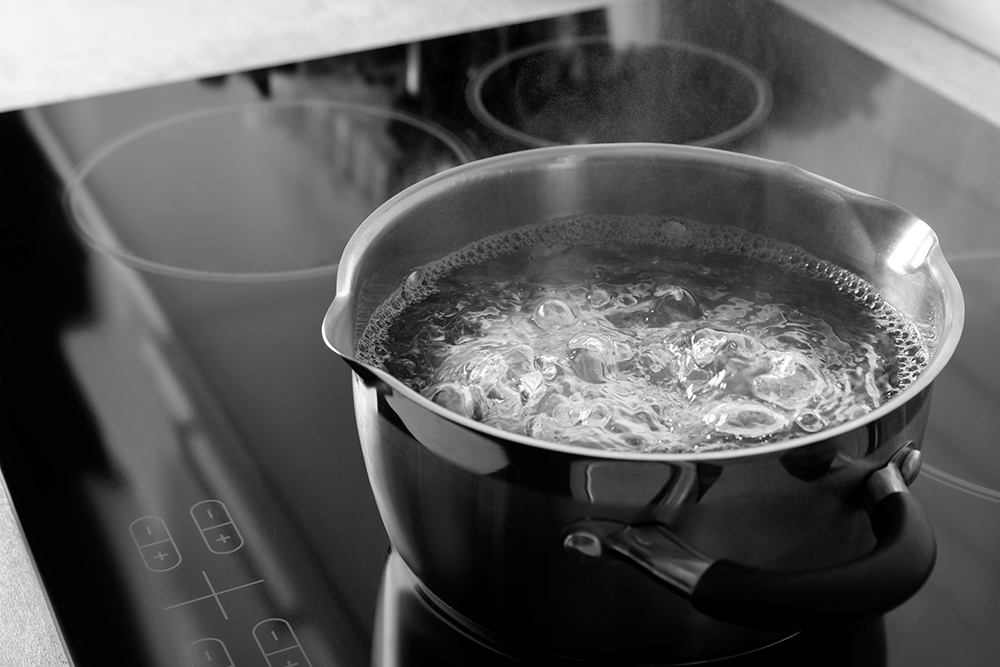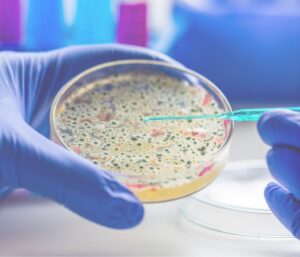
As we have previously discussed in an earlier article, agar-agar is a natural product derived from red seaweeds. In the food industry, it is used as a thickening, emulsifying, and gelling agent, and consumers can purchase it in the form of powder, flakes, or transparent sheets.
This versatile ingredient has various applications in cooking and allows for the modification of the texture of our recipes without affecting their aroma, flavor, or color.
One of the most notable characteristics of agar is its significant hysteresis, the highest among hydrocolloids. As mentioned before, hysteresis refers to the difference between the gelation temperature and the melting temperature of a gel.
To dissolve agar, it is necessary to reach the boiling point, and once dissolved, the gel will form as the temperature drops below 40 degrees. Agar gels are thermoreversible, meaning that, due to agar’s high hysteresis, they can be heated while maintaining their solid state, only melting again when reaching 85-90°C, not before.
Therefore, unlike gelatin gels, agar gels can be served hot. This unique property led agar to be used in high-level gastronomy by Ferrán Adrià.





